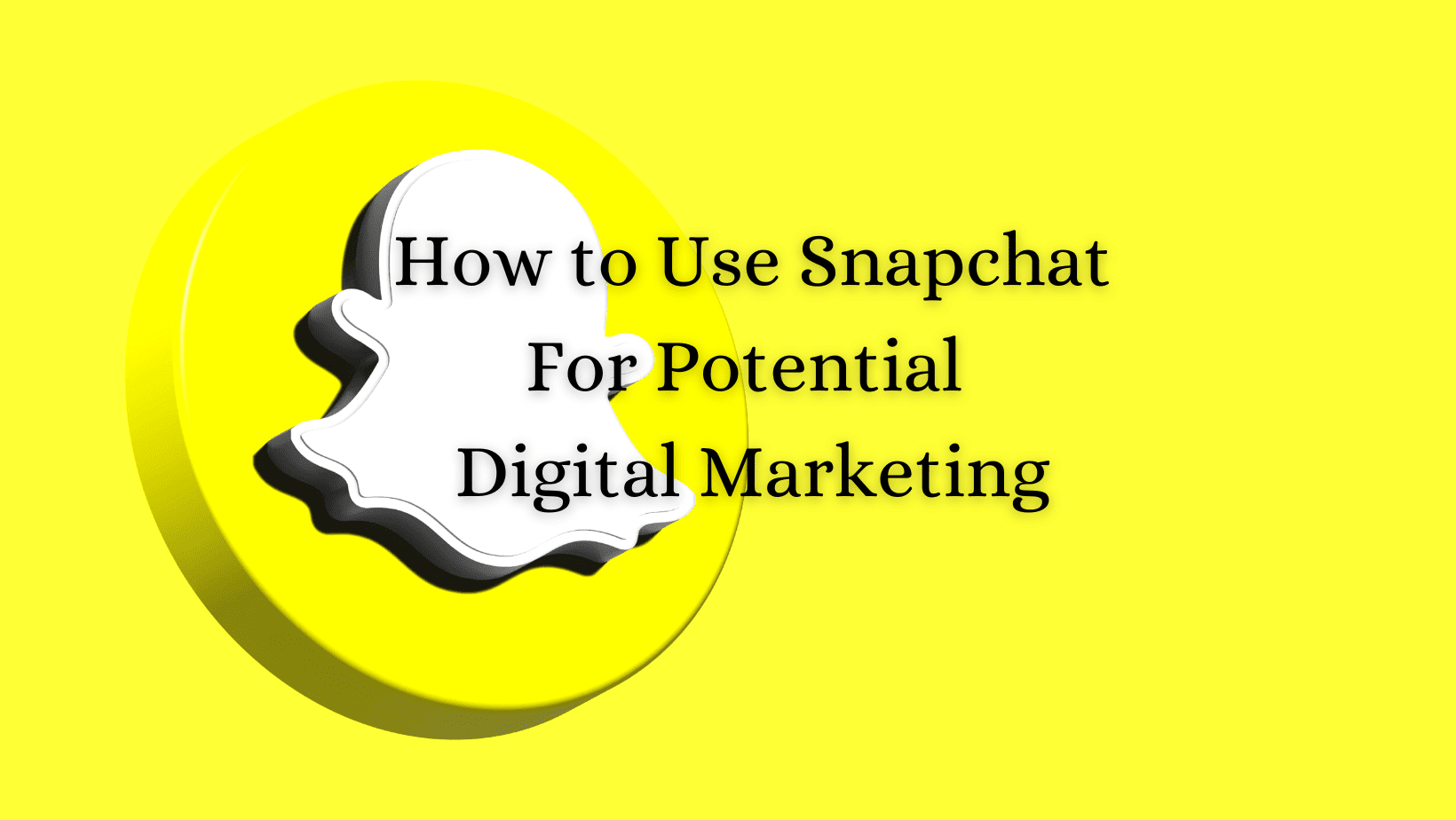
The Internet of Things (IoT) is changing the world in many ways.
With wireless sensors, people can turn everyday objects into internet-enabled smart devices. These smart devices are the foundation of today’s smart cities, smart supply chains, and more. They are the key to unlocking new cost efficiencies, enhancing business operations, and disrupting the status quo.
Previously, the IoT was only accessible to those who had the resources and specialized expertise to harness its power effectively. Today, companies of all sizes can take advantage of the technology. Smaller businesses, in particular, can now use IoT devices to enhance many core functions, including digital marketing. They can dig deeper into customer analytics and refine social media strategies accordingly.
Here, we take a look at the IoT’s rapid rise and what it means for leaders in small organizations that might not have the resources of large-scale enterprises. Offering compelling products, finding new leads, and attracting business has never been easier.
Global IoT Growing Rapidly
The IoT is growing at alarming rates.
According to McKinsey, around 25% of businesses today use IoT technologies, up from 13% in 2014. The number of IoT devices worldwide is expected to reach 43 billion by 2023, representing a 3x increase from 2018. According to Domo, we generate 2.5 quintillion bytes of data per day.
At the same time, computing power has improved significantly over the last decade, making it easier for smaller businesses to tap into the power of the IoT. Platforms like Amazon Web Services (AWS) make it tremendously easy for organizations to create sophisticated applications, manage massive databases, and much more, using built-in features. You can connect the Raspberry Pi device to IoT AWS.
Leaders can also easily find freelancers with IoT expertise to help configure smart devices for next-gen use cases. The barriers to IoT entry are much lower overall, and more cloud-based software is emerging every day to help manage devices across vast geographies.
Also Read: Top IoT Trends 2023
Transforming Digital Marketing & CRM
One business function that is experiencing change due to the IoT is digital marketing.
Companies have more data about consumer behaviors than ever before. Smart sensors play a big role in the world of big data analytics, which is extremely valuable for those who can collect and synthesize data in an organized fashion.
Fortunately, many of the top Customer Relationship Management (CRM) platforms today are starting to incorporate IoT-specific features into their offerings. Industry leaders, like Salesforce, are investing in IoT infrastructure so that clients can gather nuanced intel about their users wherever they are in the world.
For example, Salesforce IoT can gather data directly from devices, applications, and websites. Employees don’t have to pull data manually from local servers anymore. Instead, they can automate data pipelines that dump information directly into their CRMs.
In the modern era, businesses cannot go without next-gen CRMs, like Salesforce, that integrate seamlessly with other enterprise applications and support other critical areas, including sales and finance. Going forward, the key to success is understanding how to combine digital marketing efforts with the IoT as it evolves.
Considerations for IoT-based Digital Marketing
There are many factors to consider when assessing whether or not the IoT can enhance digital marketing efforts.
Data Privacy
As alluded to previously, the IoT is one of the primary drivers of big data when it comes to customer experiences. Smart sensors give businesses increased visibility into the buying journey, allowing them to better understand why people drop out or convert at different stages.
However, those who wish to use IoT data for digital marketing must be sure that they can comply with the latest data privacy regulations, as well as protect user information at all times. Having appropriate data privacy standards will only become more important as digital marketing incorporates IoT data more frequently.
Personalized Marketing
Combining digital marketing with IoT insights also creates the potential for personalized marketing. We already see this everywhere on the internet. Ad targeting based on past searches or online purchases is commonplace.
Sophisticated digital marketers will be able to extract exactly what they need from IoT devices to deliver truly differentiated and tailored offerings to potential customers. However, doing this well without overwhelming or spamming customers is hard. You must be able to find the right balance to preserve your brand and relationships with top customers.
Future SEO
More and more, IoT devices will incorporate natural language processing capabilities that enable them to understand voice commands with greater effectiveness. As a result, the SEO landscape will shift dramatically.
Digital marketers need to be ready for this transformation and ensure they can capture inbound traffic generated via voice. Those who aren’t prepared for the future of SEO will miss many opportunities to win customers sourced efficiently by IoT devices.
The Future of Digital Marketing
The advantages of wireless sensors and smart devices are clear. The challenge now lies in capturing as much value as possible by modernizing digital marketing practices with the IoT.
Before deploying IoT sensors, businesses need to carefully assess their internal capabilities, identify gaps, and plug them with essential platforms and talent. The future of digital marketing is here, and only the best prepared will thrive over the next decade.








